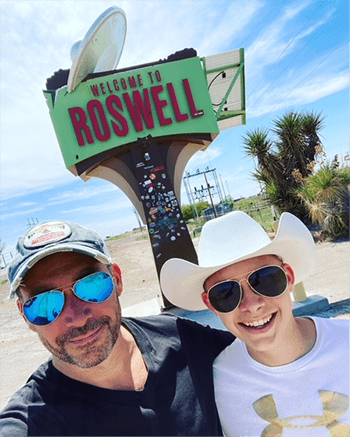Crash-Landed From Another Planet: An American Pilgrimage
Father-and-son D.C.-to-L.A. roadtrip maps what our country looks and feels like today
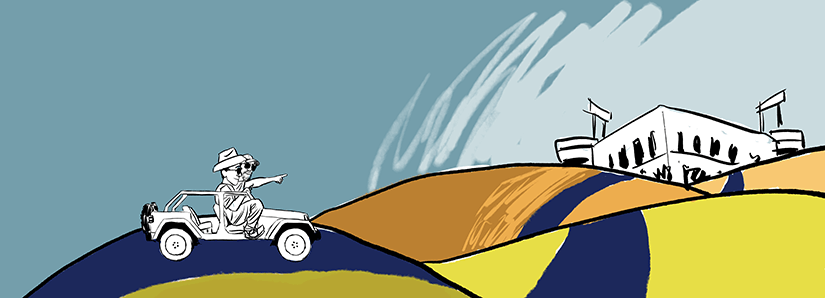
In June, we packed up the Jeep for a father-and-son road trip across America. From the D.C. suburbs to Los Angeles and back, over 17 days, this 50-year-old and 16-year-old covered 6,462 miles, 21 states, 14 baseball games, and two gallons of windshield wiper fluid. We dubbed the trip Highways & Homers or, in shorthand, Coast2Coast or DC2LA2DC.
We didn’t set out to “discover America” or one-up Alexis de Tocqueville but nonetheless made observations about contemporary America on our long drive. We had the time. Our foundational insight is that we need to escape our filtered reality and experience and observe the world directly.
Hewlett-Packard executives discovered in the 1970s the benefits of management by wandering around, learning about product, employee, and customer challenges directly as opposed to through a bureaucracy that will inevitably and subtly lie to them. Similarly, we recommend learning by driving around to escape the information filter and observe pattern directly. Most executives now have management dashboards. It was time to exchange that digital dashboard for a real one. From that core insight, we learned about how to do a road trip, about what America looks and feels like today, and about the defining traits of Gen Z, the 16-year-old’s generation.
Our journey was a modern baseball pilgrimage. Pilgrims travel from one sacred site to the next, from city to city, visiting shrines, relics, and places of religious meaning. They are foreigners traveling through a new land. The word pilgrim comes from the Latin peregrinus — “foreign.” Like medieval pilgrims, we traveled from one ballpark, one concrete cathedral, to the next. Along the way, our Jeep filled with keepsakes from our pilgrimage: foam hats, jerseys, bobbleheads. In the Middle Ages, cities competed against each other for pilgrims, the tourists of their era, by building taller cathedrals, collecting more relics, and holding elaborate festivals. Cities still do this. They still compete for pilgrim spend. In our more secular age, they compete with entertainment zone, with spectacle, with stadium. And we visited 14 of them along our baseball pilgrimage.
Euripides’ Guide to Road Trips
There is no correct answer to how to do a road trip. You could choose structure or embrace randomness. It’s up to you. As Euripides noted, “The wisest men follow their own direction.” We planned ahead. We built a thoroughly researched timetable for each day with mileage, route, wake-up, and drive time. We had a hotel or campsite for each night and more than enough food, water, and cooking fuel in the Jeep. When possible, we bought our tickets in advance. We had no choice in our diligence. We had a baseball game almost every night and needed to get up early and drive it like we stole it. It was a fun challenge.
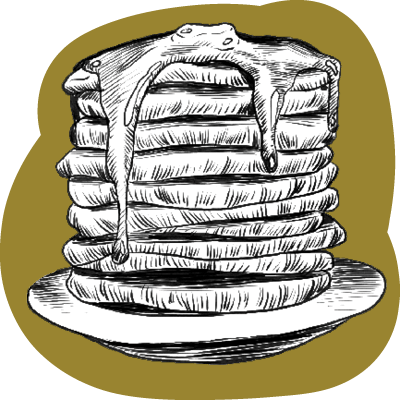
We also found benefits in serendipity.
Just as in life, some of our best moments happened outside the bounds of set plans. We stumbled into sledding down alabaster gypsum hills in White Sands, N.M. We took short detours, including a visit to the Louisville Slugger factory in Kentucky and a stop at the University of Wyoming campus in Laramie. And we went well out of our way for other worthy MacGuffins, like the heavenly beignets at Delicious Donuts & Bakery in Lake Charles, La. We had a strategy, but we retained tactical flexibility. Except when it came to our iron rules.
Rule 1: Get an early start and beat the traffic and the heat. Do this by gassing up and cleaning up the car the night before. Don’t burn too much time on breakfast.
Rule 2: Any stop must also involve refueling. This is about efficiency and also avoiding a desperate search for gas on a lonely highway.
Rule 3: Clean the car every day. On a long road trip your car interior is your habitat. We packed a crate of cleaning supplies and used them daily, making everything better.
Rule 4: Maintain windshield hygiene. Clean it at every stop. And use high-quality wiper fluid. A summer road trip gets buggy, especially in the Farm Belt.
Rule 5: Buy that merch! Leave space for tchotchkes; they’re part of the fun. On our first night, we decided to buy as many team car magnets as possible and ended up decorating the back of the Jeep with a wide assortment. “Viva Las Vegas” fuzzy dice still dangle from the Jeep’s rearview mirror, a permanent reminder of our trip. In Roswell, N.M., we purchased an alien bobblehead. He became William, our road trip mascot, reminding us to observe America as though we had just crash-landed here, unfamiliar to the civilization.
Those are the iron rules, but we also have recommendations.
Build a great road trip playlist. We did, although we mostly drove in silence and conversation. Still, that playlist can provide a real adrenaline boost when you need it.
If there’s a family-owned diner, stop there.
When possible, get that photo in front of the state sign. We did this in almost every state, and they make great mementos.
Speaking of signs, be on the lookout for road signs that provide insights into the area you’re passing through. While driving across I-10 between Las Cruces, N.M., and Tucson, Ariz., we saw signs warning us about the dangers of sandstorms. That’s not something you see every day in Fairfax, Va.
Stop at the state welcome centers. One in Kansas included a Wizard of Oz photo area, free sunflower seeds (which we grew back in Virginia), and great local staff. Look out for local historical sites. On our last day, we stumbled across Fort Necessity, where George Washington learned many valuable lessons in the French and Indian War. If you have a chance to talk with bikers, do it! We had a great breakfast chat with a Christian biker gang in Roswell one morning.
And talk with as many locals as you can. Ask them the things they love about their town. Ask them how things are going. Many of these conversations made our highlight reel! And much of what we heard wasn’t what we expected.
There’s no telling what kind of primer William the alien bobblehead had received before coming to America, but for these two crash-landed voyagers, we were seeing the country from a fresh lens.
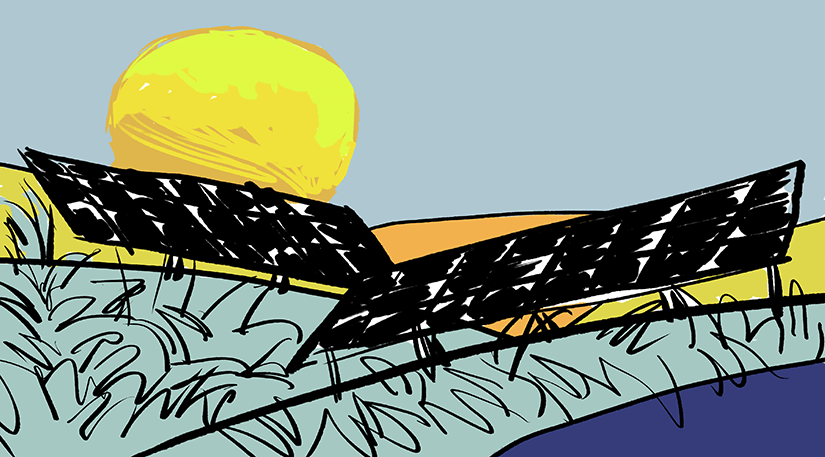
First Impressions of America
Much of what we observed on our trip across America did not fit easily into the conventional stereotypes about the United States: renewable energy in oil patches, Pride flags in Red America, high-tech Tuscaloosa, solar farms in cornfields, Filipino immigrants in Wichita cheering on the wind surge. America is far more complex, nuanced, and dynamic than the story the infotainment industry is telling. It is also far more kind. Americans continue to underestimate this place.
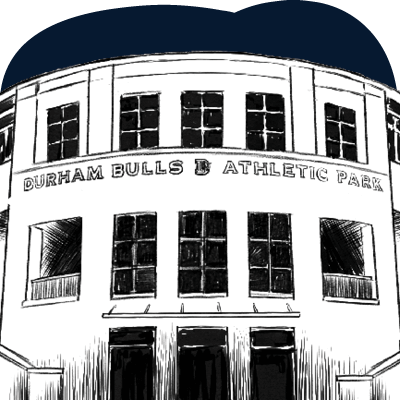
The America we saw is huge and underdeveloped. It may be a superpower, but it has the potential of an emerging market. It is resource-rich and underpopulated. You might be reading this in New York or L.A., but trust us on this: Drive across the country; it’s almost lonely. America may have a huge GDP, but it is not coming close to its potential, including the development of natural resources, alternative energy, agricultural output, population, economic growth, and human development. Many of our small towns and big cities have underdeveloped corridors. And far too many Americans seem to have fallen through the cracks. The good news is that everywhere we went, Americans were also trying to improve their little part of the republic.
Regionalism is still the story. Through the eyes of an alien, it is hard to believe that what we drove across is one country, from the Sun and Farm Belts to our megacities and small towns. What we saw was either an impossible mix of geographies, cultures, and food, or it was the genius of federalism.
We observed from American billboard advertising that: 1) Jesus is a very important person; 2) many Americans are injured on the job and in need of lawyers, or 3) many American lawyers are in need of injured workers; 4) McDonald’s is America’s cafeteria; 5) America is very patriotic; 6) 24-7 weed delivery is going to be a big thing; and 7) America has a serious addiction problem, especially with opioids but also alcohol and gambling.
We talked to a surprisingly large number of Americans who had moved during the pandemic. Over time we called this The Big Reset. There are official figures and unofficial data points that attempt to capture migration during the pandemic. Whether the data come from the government or U-Haul, we think they are undercounting the movement. At a Las Vegas Aviators game, we chatted with a couple who had moved from L.A. to Vegas during the pandemic. We learned this was so common that it was fueling a local building boom. The deeper story is that many Americans took stock of their lives during the pandemic and decided to go in a new direction.
We expected to talk with Americans going back to work. We thought we would be driving across America during its grand reopening after pandemic lockdowns and remote work. That isn’t what we found. Most of the Americans we met had been at work for months. Their jobs require physical presence, and they have been on their grind. Farmers, factory workers, nurses, truck drivers, construction workers, pharmacists, port workers, and every other job that requires on-site work were already back at it. White-collar America might have missed this, insulated in their Zoom towns. That new location-agnostic flex-work might be here to stay for some, but so much of the work in our economy remains location-specific. And there appears to be more than enough work to go around. We observed Help Wanted signs everywhere.
On the Road with Gen Z
There’s a lot of airtime to fill over 17 days together in the Jeep. We had time to talk about everything and, with music at least in the background, time to listen to everything as well. One of the themes we revisited was about the defining traits of Generation Z, which happened to be informed by an illuminating discussion about road trip radio.
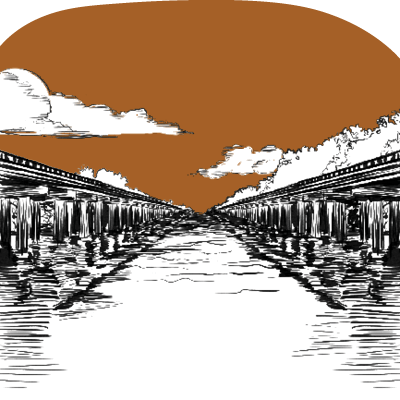
Because Gen Z came of age in the era of constant connection and the ubiquitous internet, their base expectation is that everything can and should be on-demand. While the 50-year-old wanted to sample local radio, that made zero sense to the 16-year-old, nor did satellite radio. Why waste any time waiting for a song you want to enjoy? As a result, we settled on building a playlist. Throughout our trip, we identified nine Gen Z distinctives: constant connection, the group chat, digital natives, on-demand everything, Gen Z humor, meme culture, YouTube as a tutor, TikTok and the infinite scroll, and Instagram celebrity.
A hallmark of Gen Z is that they are constantly connected by text and across a range of social media platforms. More than any other generation, they operate in a blended reality that is both physical and digital, interacting with their peers in both. One example of this is the group chat, the texting groups that form the communications backbone of their friend groups.
Gen Z has a distinct humor focused on the absurd and often expressed in internet memes. Meme culture — consuming, generating, and sharing memes — is also a core Gen Z trait, but they get more than just entertainment online. For Gen Z, the internet serves as a kind of just-in-time tutor. YouTube how-to videos are the strongest example of this — a quickly searchable database for instructional videos in almost anything. TikTok, the hot social media platform and time sink among Gen Z, has a simple appeal. It has a strong recommendation engine, uncannily serving up content most likely to interest each user. Because of this, TikTok has created what my son calls “the infinite scroll” — apparently unlimited content tailored to each user’s interests. This makes TikTok entertaining and highly addictive. And finally, there are the Gen Z influencers — teenagers and young adults who have achieved Instagram fame. The most famous of these are like television or radio stars of previous eras. The less famous are privates in an army setting or magnifying trends in their micro-niche.
These are some of the things we learned in our discussions inside the Jeep, many of which we had discussed already at some level. As have others. Outside the Jeep, however, what we saw and experienced was new and often at odds with prevailing media narratives and stereotypes.
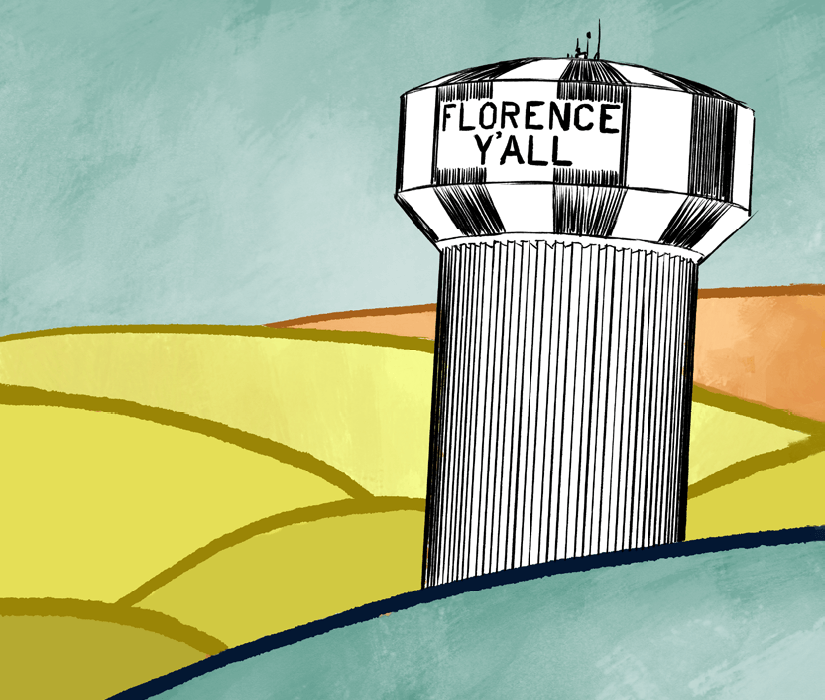
Y’all or Nothing
There is a Zoom Bubble. There is also a Twitter Bubble. And Twitter is not reality. In our drive across America and in our conversations with locals, we were struck by the gap between what the 22 percent on Twitter are talking about and what the rest of America is talking about. The Americans we chatted with on the road were friendly, not politics obsessed, and not angry. They were kind. They were hardworking. And they were trying to enjoy their summer. This leads to our last big learning.

America is living through an intense period of partisanship. There is plenty of data on that, but the media would have you believe that Red America and Blue America are locked in some kind of soft Civil War. That’s not what we encountered. Not one person we talked with tried to talk politics. Every American we spoke with was friendly. Where we expected to encounter division, we found neighborliness. Americans have political beliefs and convictions, but they generally aren’t on a search-and-destroy mission for people with different views. We were baseball pilgrims passing through America, and Americans of every possible variety were uniformly kind to us. They didn’t need to be, but they were.
Florence, Ky., home of the Florence Y’alls, was the penultimate stop on our American road trip. Near the Ohio River and just south of Cincinnati, Florence is locally famous for its water tower, which reads, “Florence Y’all.” The team is named after the water tower. And the team mascot is the Y’all Star, the only mascot we know of in the shape of a water tower. With great local food and even better atmosphere, our night with the Florence Y’alls was splendid. And then we noticed the Y’alls slogan: “It’s Y’all or Nothing.”
When we saw that, we knew it was the slogan for our trip. Y’all is a great American word — informal, down-home, inclusive. No one is left out of y’all. And at that baseball game, it hit us: We are all individuals, but we are all part of something bigger. At every game we attended, there were fans. Those fans were individuals, but they were also cheering for a team. They were part of a family and part of a community. And, ultimately, baseball games are a community experience. They’re about y’all.
We are in this together. We have got to make it work. And that’s what we learned on our baseball pilgrimage, on our American pilgrimage: It’s y’all or nothing.

